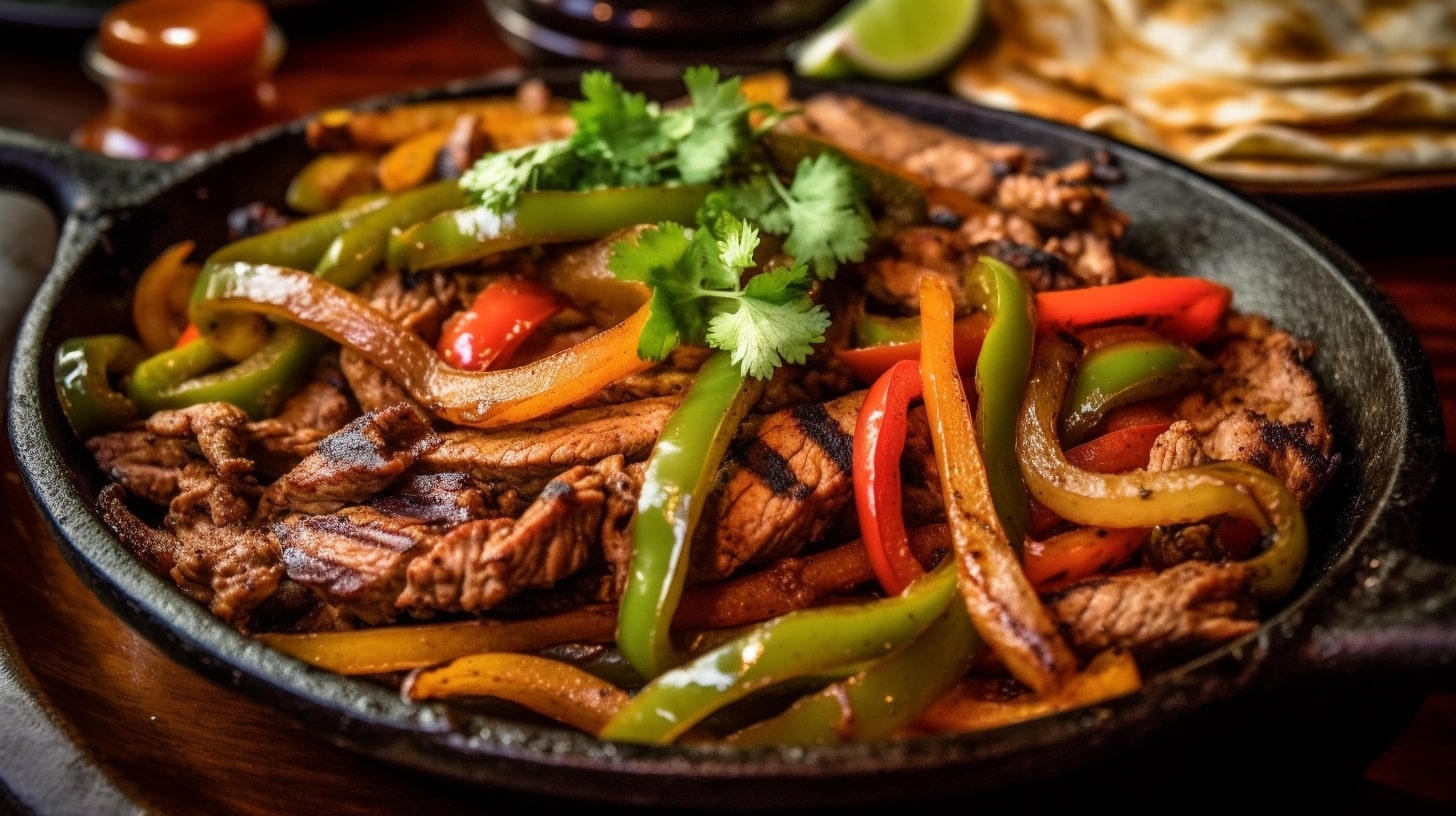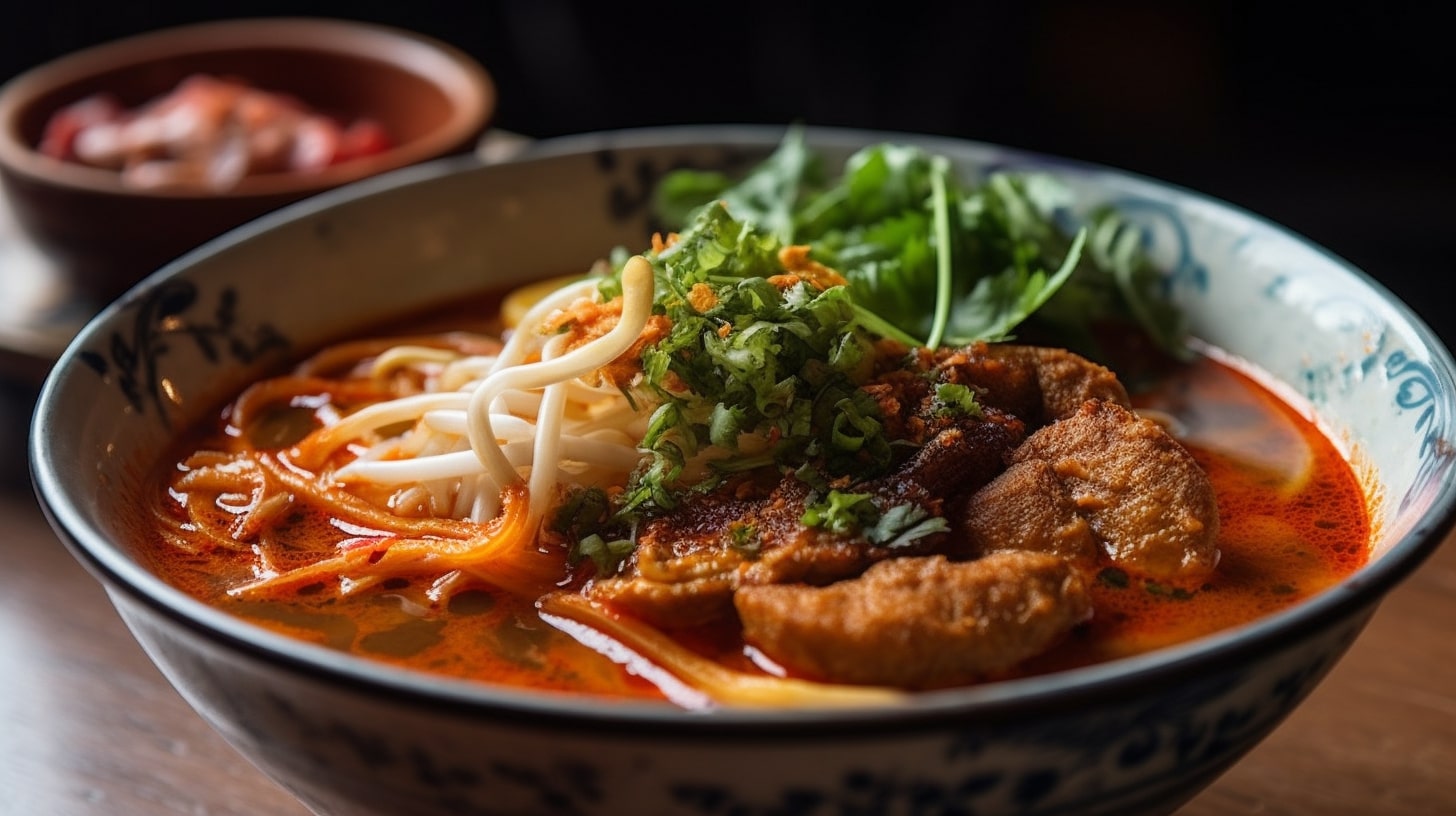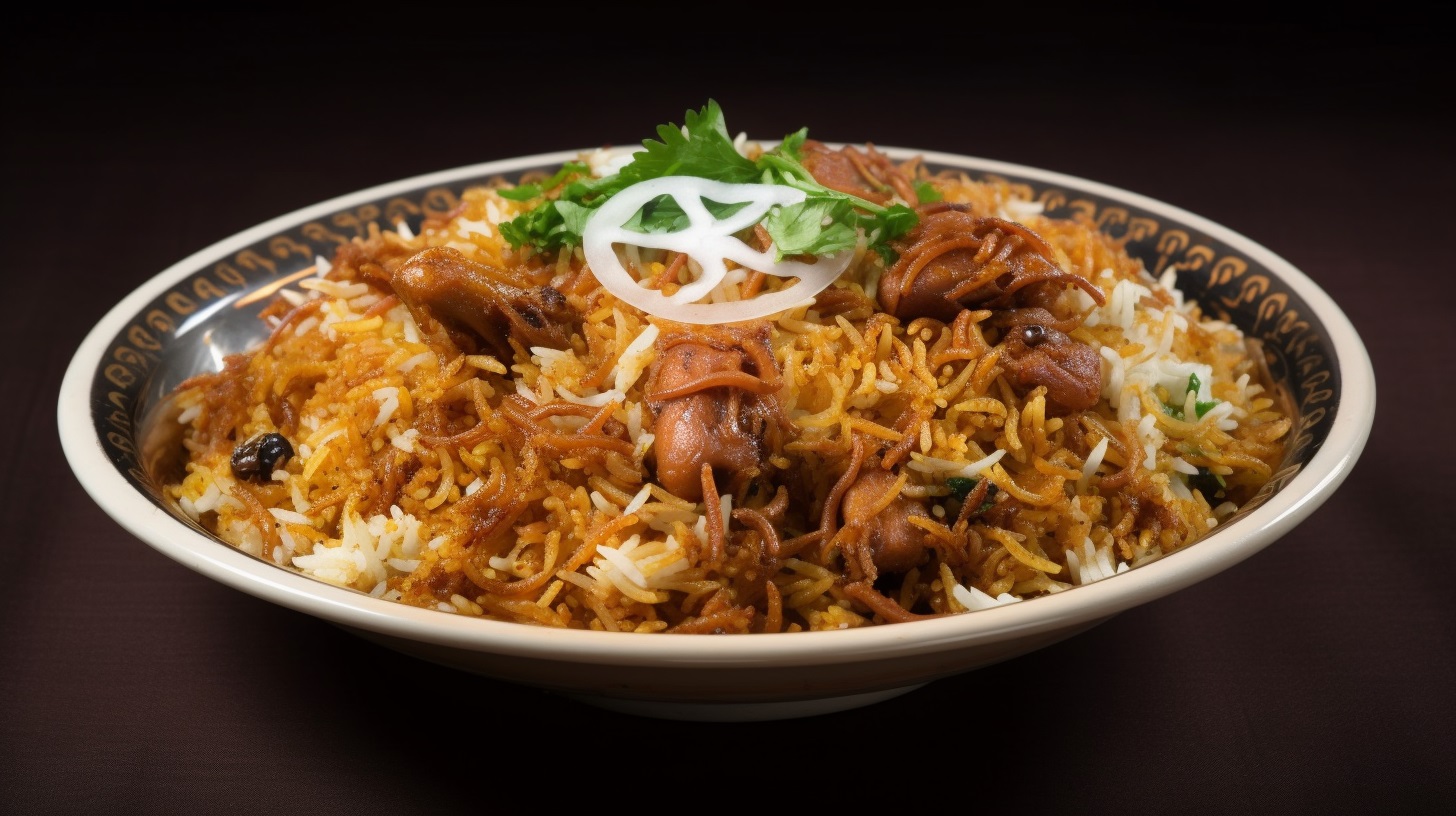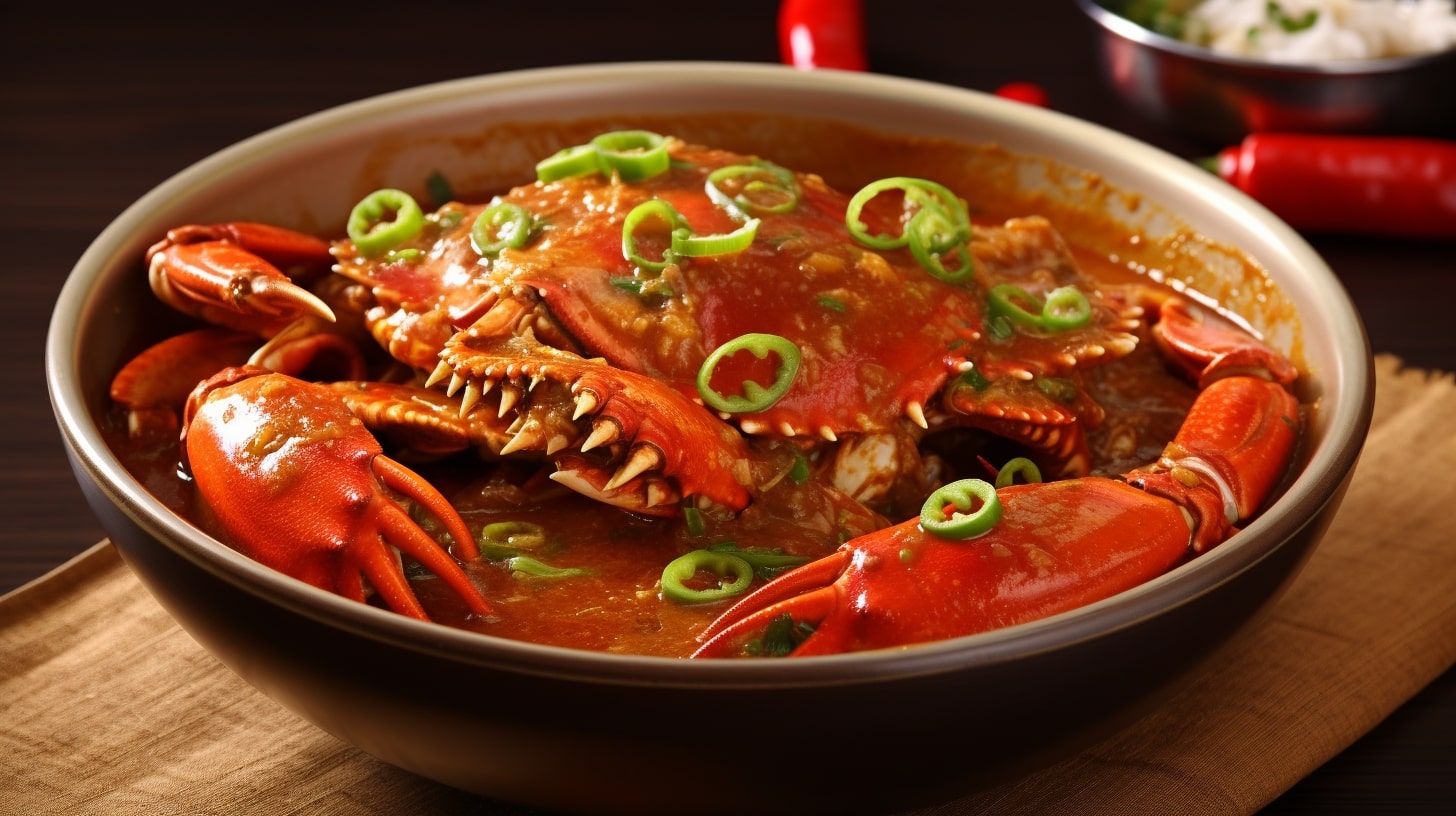Biryani, a beloved dish originating from the Indian subcontinent, is a culinary masterpiece that showcases the rich tapestry of flavors and aromas associated with South Asian cuisine. This delectable one-pot rice dish is known for its fragrant rice, tender meat or vegetables, and a harmonious blend of spices that create a symphony of taste. In this article, we will embark on a flavorsome journey through the world of biryani, exploring its diverse varieties, preparation techniques, and the magical experience it brings to the dining table.
The Essence of Biryani
It is more than just a rice dish; it is a celebration of culinary artistry and cultural heritage. With roots that trace back several centuries, it has evolved into numerous regional variations, each with its own distinct character and flavors. From the aromatic Lucknowi biryani to the fiery Hyderabadi biryani, and the flavorful Kolkata biryani to the fragrant Sindhi biryani, there is a biryani to suit every palate and preference.

The Flavorful Ingredients
While the exact ingredients may vary depending on the regional style, the core components of biryani remain consistent. Fragrant basmati rice, meat (such as chicken, mutton, or fish) or vegetables, and a medley of spices form the foundation of this dish. Additional ingredients may include onions, yogurt, tomatoes, ginger, garlic, saffron, mint leaves, and ghee (clarified butter). These ingredients work in harmony to create the distinctive flavors and aromas that make biryani an irresistible delight.
Preparation: Crafting Biryani with Precision
Step 1: Marinating the Meat
If preparing a meat-based biryani, start by marinating the meat in a mixture of yogurt, spices, and seasonings. This step imparts tenderness and infuses the meat with flavor. Allow the meat to marinate for at least a few hours or overnight, ensuring the spices penetrate the meat thoroughly.
Step 2: Cooking the Rice
Rinse the basmati rice under cold water until the water runs clear. Soak the rice for approximately 30 minutes to enhance its texture and lengthen the grains. In a large pot, bring water to a boil and add whole spices, such as bay leaves, cinnamon, and cardamom. Cook the rice until it is about 70-80% done, as it will continue to cook with the meat later.
Step 3: Layering the Biryani
In a separate deep pan or pot, heat ghee or oil and sauté onions until golden brown. Add the marinated meat or vegetables and cook until they are partially done. Layer the partially cooked rice over the meat or vegetables, and sprinkle saffron-infused milk, fried onions, and chopped mint leaves on top. Seal the pot with a tight-fitting lid or aluminum foil to trap the steam.
Step 4: Dum Cooking
Place the sealed pot on low heat and cook the biryani on “dum” (slow steam cooking) for about 20-30 minutes. This process allows the flavors to meld together as the rice absorbs the aromas of the spices and meat. The result is a perfectly cooked biryani with distinct layers of flavor.

Conclusion
It is a culinary gem that embodies the artistry and passion of South Asian cuisine. Its aromatic flavors, tender meat or vegetables, and fragrant rice combine to create a symphony of taste that lingers on the palate. By following the steps outlined in this article, you can embark on a gastronomic adventure and create your own mouthwatering biryani, transporting your taste buds to the heart of South Asia.
Indulge in the enchanting flavors of biryani and savor the essence of South Asian culinary heritage with every bite.


















